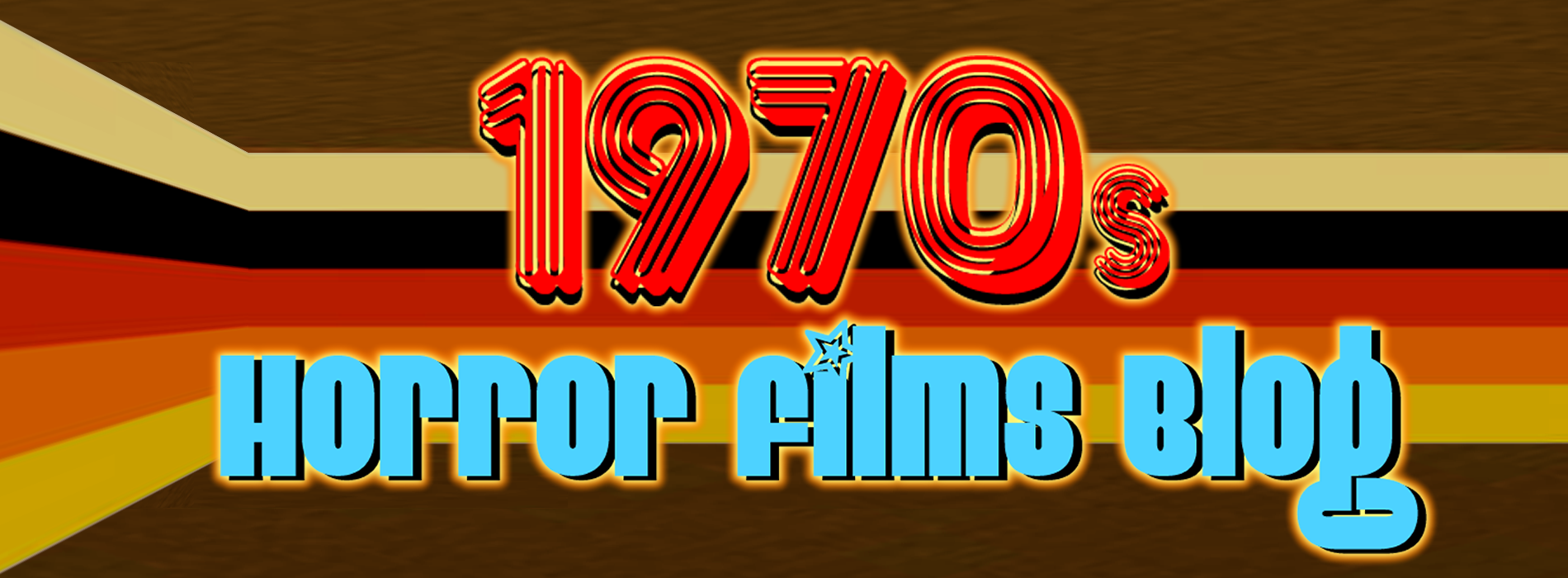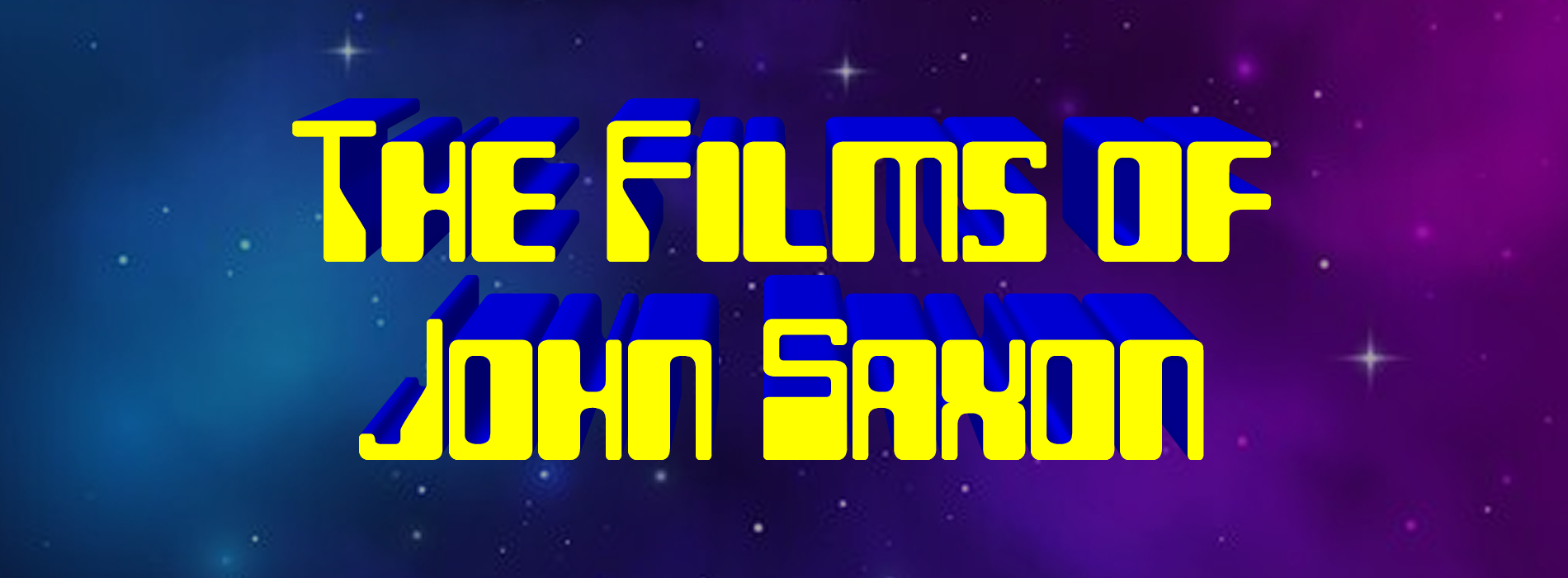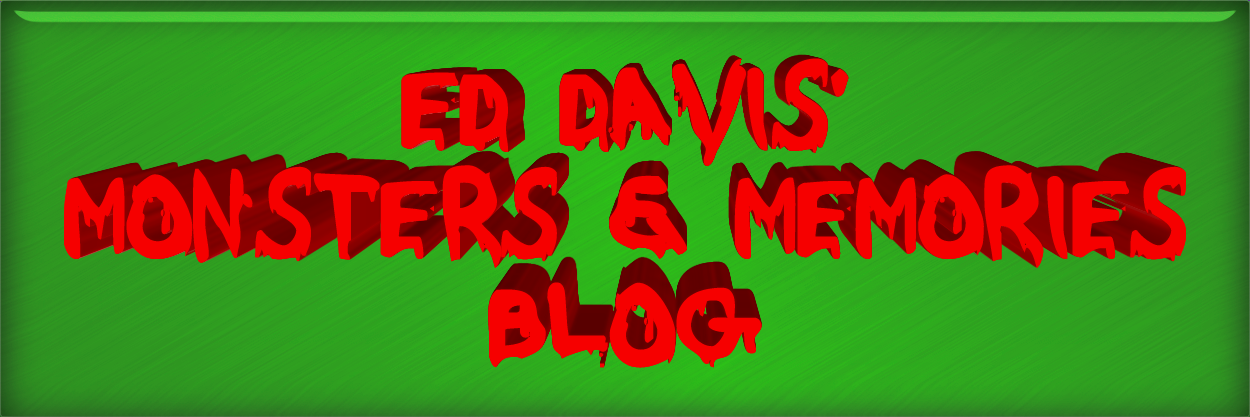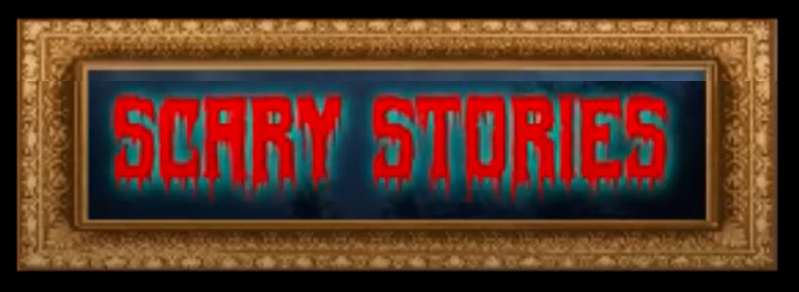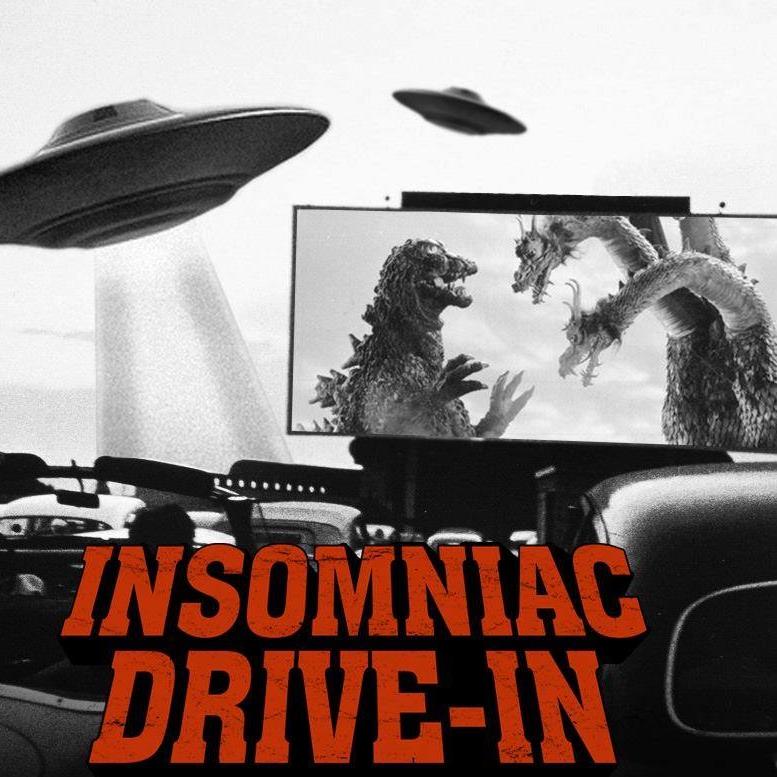Review by Shaun Daniels and Edited by Sharon Wong
Night Force Issue 1
Written by Marv Wolfman, Art by Tom Mandrake, Colors by Wes Hartman, Letters by Wes Abbot, Cover by Leonardo Manco & Wes Hartman and Published by DC Comics.
 With the fashions of the ’80s becoming popular once again, it’s only fitting that pop culture also reflects these trends byreviving old TV shows, movies and comic book series. One such series being revived, or reimagined, if you will is Night Force. The book, originally published in 1982, was created by the then soon-to-be architect of Crisis on Infinite Earths, Marv Wolfman, and drawn by late legendary comic artist Gene Colan. The series is still written by Wolfman but now drawn by comic book veteran Tom Mandrake. Wolfman manages to boil off most of the unnecessary plots and characters, and adds tweaks to bring the series into the 21st century. Mandrake gives his stamp on the character designs and the seemingly ever changing layout of Baron Winters’ home. The new series is not a panel for panel retelling of the story but doesn’t stray too far from the original concept. It’s modernization and updating are shaping up for an interesting mini-series.
With the fashions of the ’80s becoming popular once again, it’s only fitting that pop culture also reflects these trends byreviving old TV shows, movies and comic book series. One such series being revived, or reimagined, if you will is Night Force. The book, originally published in 1982, was created by the then soon-to-be architect of Crisis on Infinite Earths, Marv Wolfman, and drawn by late legendary comic artist Gene Colan. The series is still written by Wolfman but now drawn by comic book veteran Tom Mandrake. Wolfman manages to boil off most of the unnecessary plots and characters, and adds tweaks to bring the series into the 21st century. Mandrake gives his stamp on the character designs and the seemingly ever changing layout of Baron Winters’ home. The new series is not a panel for panel retelling of the story but doesn’t stray too far from the original concept. It’s modernization and updating are shaping up for an interesting mini-series.
As in the original Night Force series, the mini-series centers around Baron Winters and his gathering of what he calls his Night Force, and their involvement in a greater purpose. This purpose and Winters’ role is unclear, even to the point of whether he is working for forces of good or evil. Much like the original, Winters manipulates the Night Force like pawns on a chessboard, 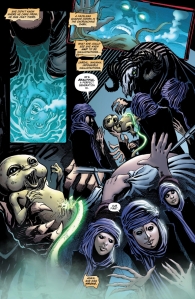 setting up the pieces and moving them into place. Thus far, the Night Force consists of Hilton Head South Carolina police Sgt. Jim Duffy and the mysterious Zoe Davis. The two characters are thrust together when Sgt. Duffy receives an anonymous tip leading him to a beach where a hooded figure tries to drown Zoe. This figure, who escapes, is part of a cult as seen in Zoe’s flashbacks with the cult possibly working against Baron Winters. After a very brief stay at the hospital, Zoe and Sgt. Duffy are transported to the labyrinth-like home of Winters and Merlin, his pet cheetah. At the estate, the new Night Force are confronted by evil spirits and “F.B.I.” agents, who nonchalantly remove a dead body of a convicted convict. The book ends on a political rally, which has ties to the cult and may become the main foil for the new Night Force.
setting up the pieces and moving them into place. Thus far, the Night Force consists of Hilton Head South Carolina police Sgt. Jim Duffy and the mysterious Zoe Davis. The two characters are thrust together when Sgt. Duffy receives an anonymous tip leading him to a beach where a hooded figure tries to drown Zoe. This figure, who escapes, is part of a cult as seen in Zoe’s flashbacks with the cult possibly working against Baron Winters. After a very brief stay at the hospital, Zoe and Sgt. Duffy are transported to the labyrinth-like home of Winters and Merlin, his pet cheetah. At the estate, the new Night Force are confronted by evil spirits and “F.B.I.” agents, who nonchalantly remove a dead body of a convicted convict. The book ends on a political rally, which has ties to the cult and may become the main foil for the new Night Force.
As a whole, the original Night Force series stands up fairly well but is laden with exposition dialogue and storytelling devices that are dated; this recent incarnation strips away that type of heavy dialogue. One change, that is neither good nor bad, is the characterization of Baron Winter, who in this incarnation is a little befuddled or absentminded at times. There is nothing wrong with this persona but it seems Wolfman doesn’t fully commit to the characterization. The absentmindedness of Winters comes and goes in spurts that tends to be overplayed. A truly interesting tweak is that Winters does not know which side he will ultimately be helping, creating interesting dynamics with the Night Force. Wolfman has always been a modern writer regardless of the decade he’s written in and the series just proves his status in the pantheon of comic writers. There is one thing that is not clear in this book and that is if it has ties to the original series. At one point, Baron Winters, talking to Merlin, refers to this Night Force as his “new” Night Force which could simply be a wink and nod to the original run of the book.
Tom Mandrake is filling the shoes of the great Gene Colan very well. His character designs of the so-called F.B.I. agents are rendered perfectly. The faces of these agents are cloaked just enough 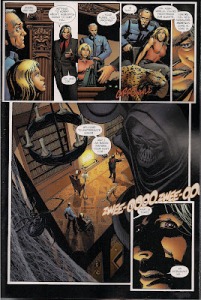 so the shadows yield a sense of foreboding all the while keeping them looking human. He also gives them and their clothes a nondescript look that would allow the F.B.I. agents to hide in a crowd of people if they had to. Mandrake draws the height and body types to be just slightly exaggerated which produces an uneasy feeling about them. Lastly, what little of Baron Winter’s mansion that is seen in the book is carefully drawn by Mandrake. Using Dutch angles, long shots and unique panel composition, the mansion feels and looks like a dizzying labyrinth.
so the shadows yield a sense of foreboding all the while keeping them looking human. He also gives them and their clothes a nondescript look that would allow the F.B.I. agents to hide in a crowd of people if they had to. Mandrake draws the height and body types to be just slightly exaggerated which produces an uneasy feeling about them. Lastly, what little of Baron Winter’s mansion that is seen in the book is carefully drawn by Mandrake. Using Dutch angles, long shots and unique panel composition, the mansion feels and looks like a dizzying labyrinth.









